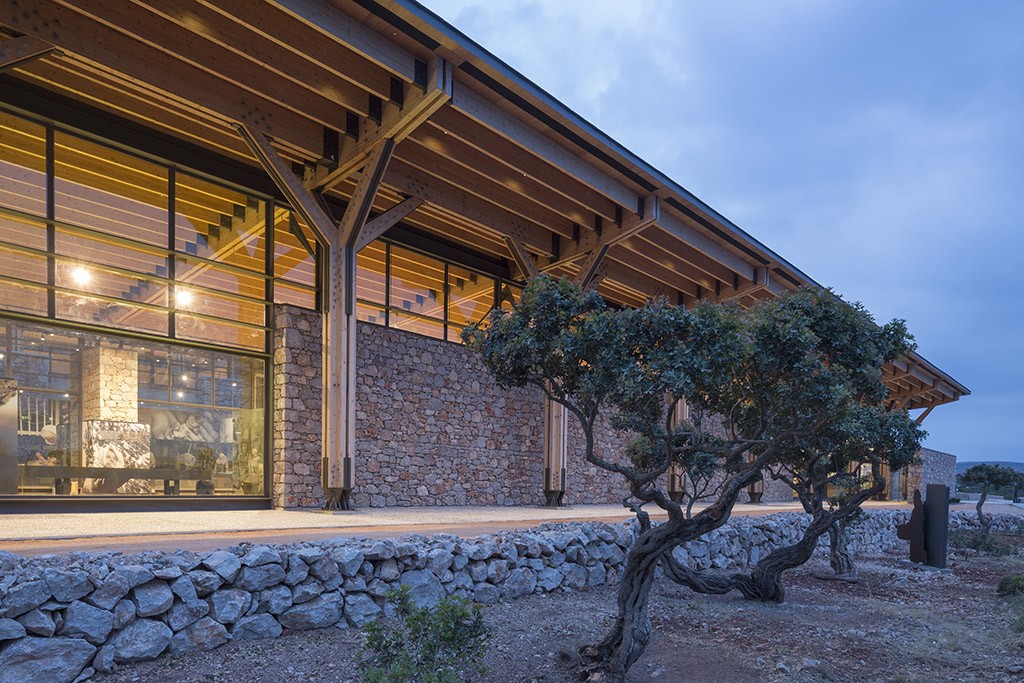PILOTS
Mastic
 Image courtesy of Pireaus Bank Group Cultural Foundation
Image courtesy of Pireaus Bank Group Cultural FoundationThe production of mastíha, an ancestral practice, unaltered over time, is a family occupation that requires laborious care throughout the year, and in which men and women of all ages participate on equal terms. Tasks are divided across genders and ages. Men take care of plant fertilisation, pruning, as well as soil and plant preparation. Women (and, in the past, children too) harvest and prepare the raw product, while older members of the community are responsible for transmitting know-how down the generations. The culture of mastíha represents a comprehensive social event, around which networks of alliances and mutual help have been established in society. Traditions and legends survive in the vernacular language, some of religious nature, such as the one about the tree that shed tears when seeing the death of Saint Isidore. Those from this culture see Mastic as part of their identity, which drives their feeling of belonging to the community. The know-how for growing mastíha follows certain rules and traditional characteristics, which ensure its authenticity, while also promoting improvisation and individuality. The craft and local life still witness age-old traditions related to the production of mastíha, even if the cultivation and application of mastíha are constantly subject to innovation.
